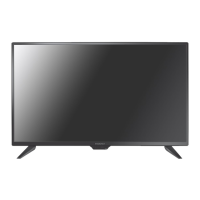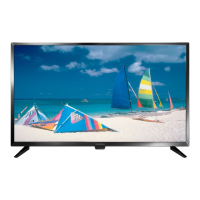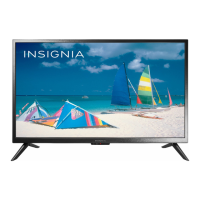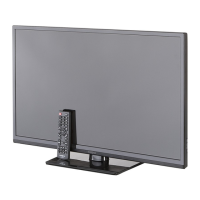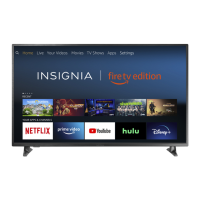Why aren't the buttons working on my Insignia LED TV?
- JJuan WhitakerSep 23, 2025
If the control buttons on your Insignia LED TV do not work, make sure that the Button Lock option is set to Off. Unplug the power cord, wait a few seconds, then plug the cord back in and turn on your TV.













